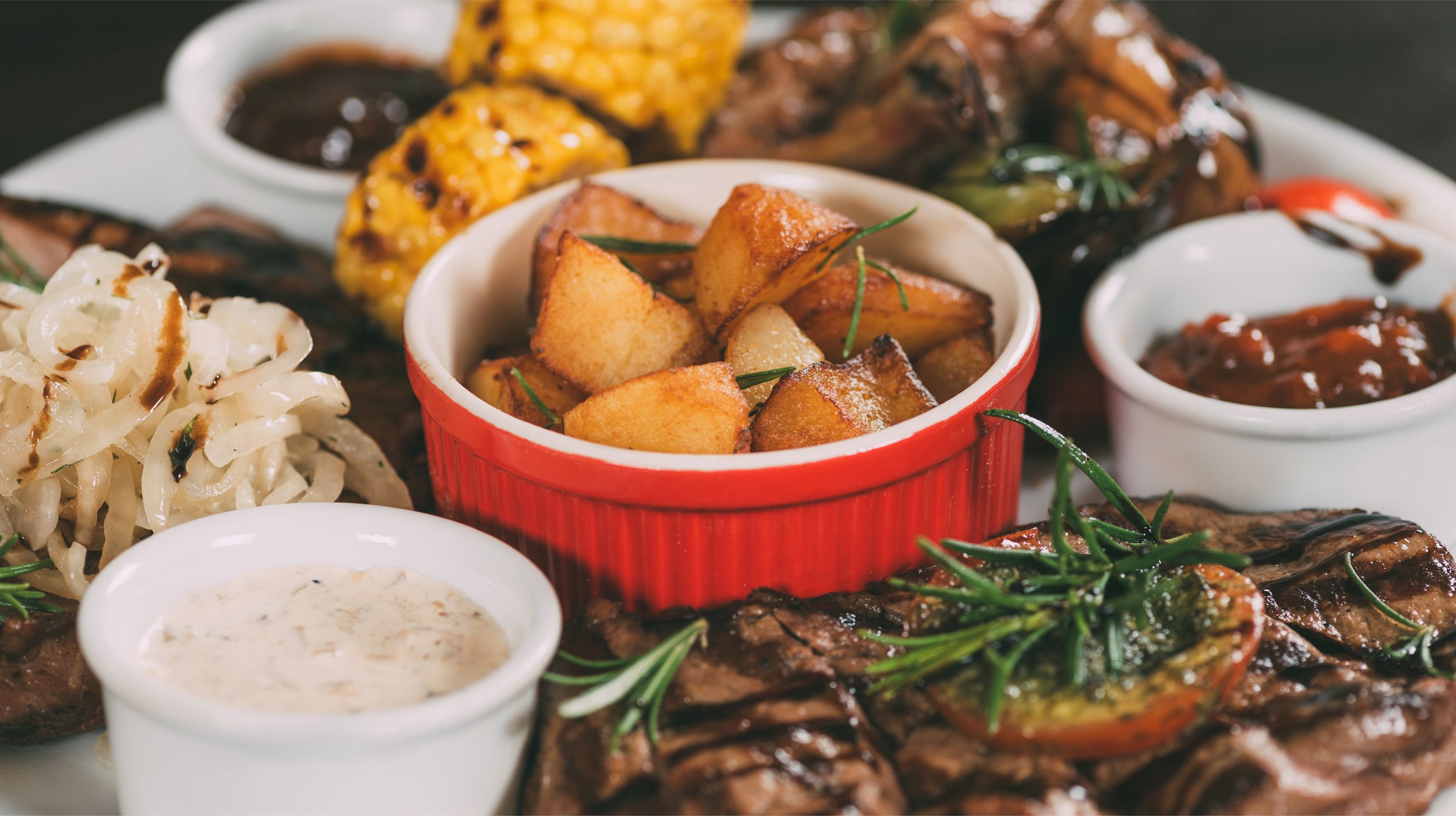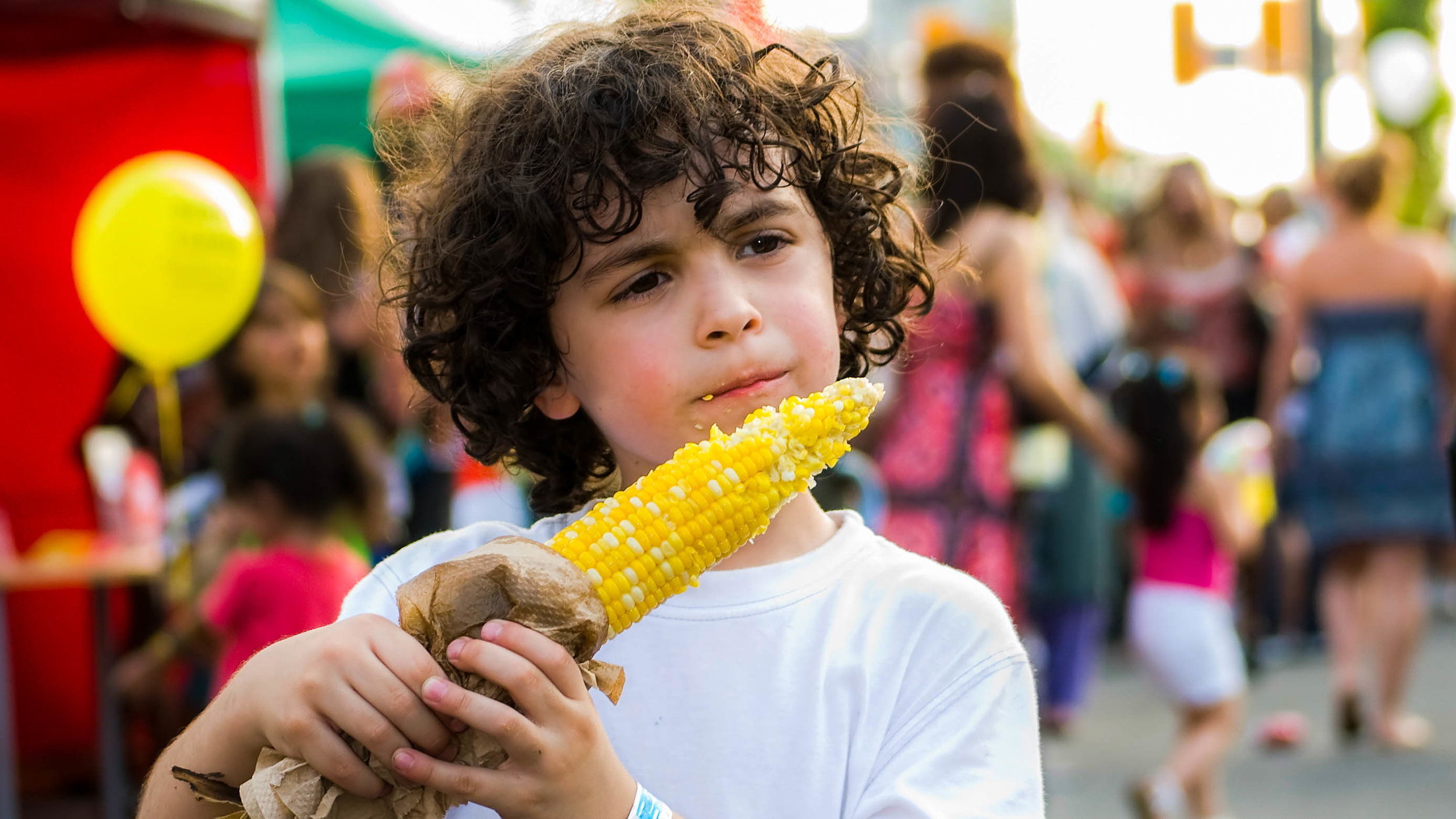50 N. Wells Street
Nauvoo, Illinois
217-453-6252
Recreational activities
The Rheinberger Museum
Nauvoo was once the site of a Sauk village of 400 to 500 lodges. Although the Sauk and Fox tribes had ceded their land east of the Mississippi River to the American government in a controversial 1804 treaty, many refused to consider it valid and lived in the Illinois Country. In 1824 Captain James White purchased the land from for 200 sacks of corn from a Sauk chief named Quashquame (Jumping Fish) and began a settlement named Venus. In 1834 Venus was plotted as a village named Commerce and plotted again as Commerce City in 1837. Owing to a financial panic in 1837 Commerce City didn’t experience any growth until the town was purchased by the Mormons in 1839 that were fleeing from their lands because of persecution by the authorities in Missouri. Under the leadership of Joseph Smith the town grew and by 1844 was the largest community in Illinois. With the boom came an increase in criminal activity and resentment of the Mormons by their non-Mormon neighbors. After a period of strife the Mormons were forced to leave in 1846 with most following Brigham Young to Utah.
After the departure of the Mormons Nauvoo became almost a ghost town. In 1849 the Icarians settled in the nearly vacant city. The Icarians were a small group of French and German immigrants led by Etienne Cabet who believed in a communistic utopian society. The colony didn’t last as the group found its communal way of life unworkable but they did make a permanent mark on the area by introducing grape growing and wine making to the area. While most of the local vineyards disappeared as a result of Prohibition, the first vineyard planted in Nauvoo still exists on park property and is maintained by park personnel.
In 1948 the State of Illinois purchased a 148 acre parcel of land on the south edge of Nauvoo for use as a state park and later built a levee to create the 13-acre Lake Horton. Lake Horton is stocked with largemouth bass, channel catfish and bluegill offering fishing opportunities and a primitive boat ramp for small craft with electric trolling motors. A 4-acre plot of land adjacent to the site superintendent's residence has been restored to Illinois’ natural prairie habitat and visitors to the site will find four kinds of prairie grasses and approximately 10 kinds of prairie flowers. Visitors in the spring may find the plot burned as prairies need to be burned periodically to maintain its health. The park has 4 short hiking trails including one that is wheelchair accessible. The park features two picnic and playground areas totaling 20 acres. Winter Sports are limited to sledding on the slopes adjacent to the dam of Lake Horton and cross-country skiing is allowed along the trails when snow cover is adequate. Snowmobiling is prohibited.
Located in Nauvoo State Park is the Rheinberger Museum. The original four rooms of this rambling brick home were built in the 1840s by Isaac Waggoner, and purchased by Alois Rheinberger in 1850. Rheinberger, a native of Liechtenstein and skilled vintner set out a vineyard with the help of Jacob Sillar in 1851, part of which still grows and produces grapes alongside the house. As his business grew, he built an underground arched wine cellar and pressroom, which became the first winery in Nauvoo. Nauvoo built a reputation over the years for shipping fruit and producing fine wines, a tradition that has been revived in the late 20th century. This museum contains a large collection of furniture and other articles dating back to Native American times. It features the original stone-arched wine cellar and original 150-year-old winemaking equipment. Visitors can view a Regimental Flag of Hancock County carried in the Civil War in the President’s room, a German kitchen, Victorian parlor, quilt room, toy room, and a special Icarian room. The Nauvoo Historical Society has staffed the museum since 1954. The Nauvoo Grape Festival is held annually over Labor Day weekend in the Grape Bowl and Sod Stage area directly west of Lake Horton. This festival includes an hour-long program depicting Nauvoo's history. A pageant, which for more than 50 years has paid tribute to two Nauvoo industries, observes an old French rite called "The Wedding of the Wine and Cheese." The festival includes carnivals, entertainment tents, arts and crafts exhibits, flea markets, buckskinners, and a car show.
Camping
Nauvoo State Park offers 150 camping spaces, equally divided between Class A and Class B areas. A youth group area is centrally located in the park. Don't forget to ask for permission--all campers must obtain a permit for overnight camping from the park office, and groups of 25 or more must get advance permission before entering the park. Visit Nauvoo State Park’s webpage for more information.
Visiting Nauvoo State Park
Visiting Hours
Open daily
Museum hours
Open daily May 15 - October 15: 1 am - 4 pm
There is no fee to visit Nauvoo State Park
Explore the community of Nauvoo















